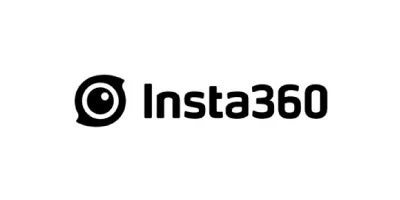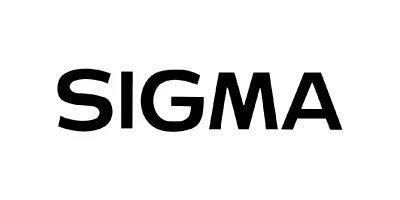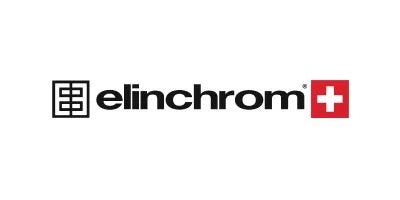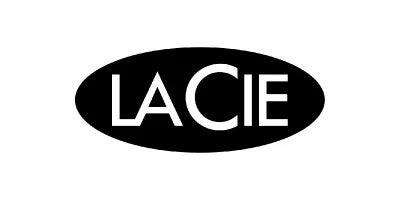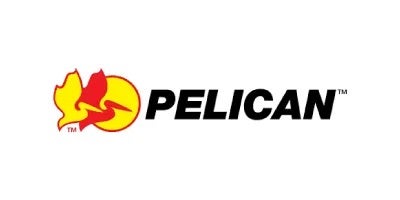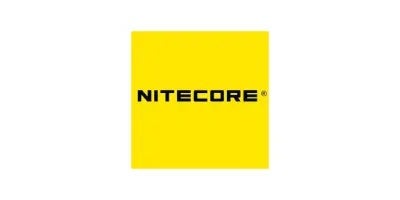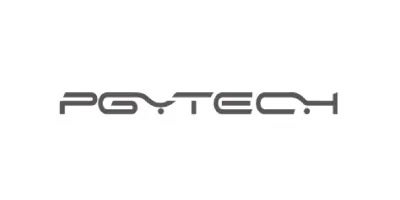Inspire 3 is a professional camera drone that adopts a fluid new design that takes aerodynamics fully into consideration to reduce air resistance.
The max dive speed has increased from the 9 m/s of Inspire 2 to 10 m/s, while vertical ascend/descend speed has increased from 6 m/s and 4 m/s to 8 m/s.
Powerful maneuverability delivers responsive, accurate control and an extended flight time of up to 28 minutes.
The FPV camera, visual sensors, positioning antennas, and storage card slot all adopt designs that are seamlessly integrated into the airframe for a minimalist look and modern industrial aesthetics.
Inheriting the classic transformable configuration of the Inspire series, Inspire 3 uses an all-new design that supports 360° Pan and Tilt Boost structures. When the landing gear is lowered, the gimbal supports obstruction-free 80° upward-angle shooting, enabling cinematographers to capture strikingly innovative shots.
Centimeter-Level RTK Positioning
Inspire 3 integrates high-precision RTK positioning technology used in industries such as architecture and surveying to deliver centimeter-level accuracy. Compared with traditional meter-level positioning supported by Global Navigation Satellite Systems (GNSS), RTK not only makes flying more stable, but also makes flight-route planning more accurate, significantly improving creative efficiency.
RTK antennas have been built into the airframe with a new stacked ceramic design, which enables three types of GNSS (GPS, BeiDou, and Galileo) and delivers dual-frequency positioning down to the centimeter level. By activating an RTK network or setting up a D-RTK 2 Mobile Station, users can achieve highly accurate positioning without mounting any additional modules.
Dual-Antenna Orientation
Both the front and the rear of Inspire 3 have a built-in stacked ceramic antenna, providing powerful anti-magnetic-interference capability to further improve flight accuracy and safety.
Waypoint Pro
Specially designed for aerial cinematography, Waypoint Pro enables flight-route and shot planning with a wide range of customized settings. With the new Repeatable Routes and 3D Dolly modes, an innovative automated shooting experience can be easily achieved. In addition, RTK centimeter-level positioning ensures more accurate flight-route planning and execution. Whether solo shooting or in a professional crew, use Waypoint Pro to master even highly-complex scenes.
Repeatable Routes
Using Repeatable Routes, the aircraft will automatically fly on the same route and maintain all preset parameters such as altitude, speed, gimbal angle, and camera settings. Repeating the same flight mission allows cinematographers to effortlessly perform difficult one-takes, or to fly at different times in the same place to easily create long-duration timelapses that capture transitions such as day to night or season to season.
3D Dolly
3D Dolly can simulate a crane, cablecam, or dolly on film sets while going far beyond the limitations of those devices.
After planning a flight route, the cinematographer can manually control the aircraft to move along the route back and forth while adjusting parameters such as speed, gimbal angle, and more according to the needs of the shot. This makes complicated cinema-grade camera movements easier and more efficient and can deliver improved visual effects.
Spotlight Pro
Upgraded from Inspire 2, Spotlight Pro further enables solo creators with more shot possibilities. Based on powerful machine-learning algorithms, Inspire 3 supports automated subject recognition and locking for people, vehicles, and boats with greater accuracy than its predecessor.
Omnidirectional Sensing System
Inspire 3 is equipped with nine sensors, which enable a robust omnidirectional sensing system that can detect obstacles in all directions and provide comprehensive protection for flying.
For the first time, a fisheye camera has been added to each of the four landing arms. This design helps to avoid obstruction from the airframe when the landing gear is raised and allows for horizontal obstacle sensing when the landing gear is lowered.
Customizable Obstacle Sensing
In addition, Inspire 3 features a new customizable function to help ensure greater flight safety and more creative freedom. Horizontal, upward, and downward obstacle sensing can be enabled or disabled independently, and an obstacle alert range can be manually set to suit different scenarios.
When active avoidance is turned off, users can still view the distance from an obstacle on the navigation display in real-time and receive an audio alert when an obstacle is within a set range without the aircraft performing an automatic avoidance movement. This brings new possibilities to professional aerial teams that want to achieve more complex camera language.
Inspire 3 is equipped with a new 1/1.8-inch-sensor FPV camera with a 3μm pixel size, an ultra-wide DFOV of 161°, and the ability to transmit live feeds at up to 1080p/60fps. Compared to its predecessor, the DFOV is approximately doubled. This FPV camera delivers more impressive light-sensing capability, allowing pilots to observe their surroundings vividly and clearly, even at night, and ensure greater levels of flight safety.
Tailormade 8K Sensor
DJI’s lightest-ever full-frame three-axis gimbal camera, the X9-8K Air, is custom-built for Inspire 3 to take drone cinematography to the next level. It features DJI’s latest image processing system, CineCore 3.0, supporting internal recording of up to 8K/25fps CinemaDNG video as well as 8K/75fps Apple ProRes RAW video, meeting the needs of top-class film and television productions.
- Internal Recording of ProRes RAW up to 8K/75fps
- Internal Recording of CinemaDNG up to 8K/25fps
- In S&Q mode, X9-8K Air supports internal recording of up to full-frame 4K/120fps ProRes RAW video without cropping, providing more creative editing options.
Dual Native ISO
X9-8K Air supports dual native ISO. At full-frame 30fps and below, it offers EI 800/4000, supporting the 24fps commonly seen in film productions and the 25fps used in commercial and television productions. At above 30fps, EI 320/1600 is available.
14+ Stops of Dynamic Range
X9-8K Air covers 14+ stops of dynamic range, which captures rich highlight and shadow details in complex lighting scenarios like sunrises and sunsets. High dynamic range brings more possibilities for post-editing, retaining genuine colors even after significant
DL Mount Lenses
Inheriting DJI’s proprietary DL mount, X9-8K Air is compatible with an additional 18 mm F2.8 full-frame ultra-wide lens and a new telephoto lens (will be released at a later date) on top of the previous full-frame lens selections of DL 24/35/50 mm F2.8. All five lenses are custom-made for aerial cinematography. The housings are made of lightweight, monocoque carbon fiber, so the lightest lens weighs just 178 g, meeting Inspire 3's requirement for ultra-high maneuverability.
DJI Cinema Color System (DCCS)
Building on DJI's mature color science and technology, the DJI Cinema Color System allows the X9-8K Air to retain authentic colors that redefine the look of aerial cinematography. This applies to natural settings and urban landscapes, and also accurately captures skin tones in different environments and lighting conditions. DCCS ensures effortless color matching between X9-8K Air and ground-based cinema cameras such as DJI Ronin 4D, delivering consistent color style from air to ground to meet the needs of film-production post-editing workflows.
Multi-Camera Timecode Sync
Through the 3.5mm port on the aircraft, you can sync timecode between equipment in the air and on the ground. When dealing with abundant footage from multiple cameras, timecode sync makes the editing process significantly more simplified and efficient.
O3 Pro Video Transmission and Control System
Inspire 3 comes with a professional-level remote controller, the DJI RC Plus, which has a built-in 7" 1,200-nit high-bright screen to provide an extraordinary outdoor monitoring experience. It also features an HDMI Out Port, plus several buttons and dials for fast and intuitive operation.
The built-in battery of RC Plus provides an operating time of approx. 3.3 hours and can be extended up to 6 hours with an optional external WB37 battery. It also supports battery hot-swapping.
Cinema-Grade O3 Pro Video Transmission
Inspire 3 is equipped with O3 Pro, DJI’s cinema-grade video transmission system, which enables a max transmission distance of 15 km in single control mode and 12 km in dual-control mode. Both the gimbal camera and FPV camera support 1080p/60fps live feeds and an ultra-low latency of 90 ms. Compared to the Lightbridge video transmission system of Inspire 2, O3 Pro has taken a generational leap in transmission distance, latency, and stability. For the first time, 4K/30fps live feeds are also supported with a max 5km transmission distance to meet the needs of UHD monitoring and livestreaming on set.
Independent Links for Dual Control
Compared with its predecessor, the dual-control experience of Inspire 3 has been significantly upgraded. Two remote controllers can receive live feeds and control the drone independently, so the pilot and gimbal operator can be at different positions on set. This breaks Inspire 2's limitations of binding the primary and secondary control links.
If the pilot loses aircraft signal, the gimbal operator is now able to take control of the aircraft to safely return to home or land directly.
Dual-Battery System
Inspire 3 is equipped with a new TB51 dual-battery system, which utilizes the latest battery chemistry technology for optimized reliability and performance.
TB51 batteries are smaller, lighter, more streamlined, and higher voltage compared to TB50. They provide a 28-minute max flight time and support hot swapping with a redesigned battery release that allows effortless continuous operation.
If the temperature of the battery goes lower than 10° C (50° F), the battery will trigger an auto-heating function, maintaining adequate flight performance even in locations with temperatures as low as -20° C (-4° F).
New Battery Charging Hub
The all-new foldable battery charging hub strikes the optimum balance between charging efficiency and storage size. It can accommodate eight batteries. In Fast mode, it can charge two batteries to 90% in just 35 minutes and eight batteries to 100% in only 160 minutes. The included 65W USB-C port can also be used to charge an RC Plus.
Storage and Transitions
The newly designed trolley case is equipped with an extendable handle, two side handles, and four 360-degree-movement wheels, making transitions and transportation effortless. Additionally, two numbered locks are equipped for added safety. The well-designed trolley case can store one aircraft, one X9-8K Air gimbal camera, two RC Plus remote controllers, four lenses, twelve batteries, two battery charging hubs, three propeller sets, and more. New foldable quick-release propellers are easy to store and don’t require re-installation before each flight.








